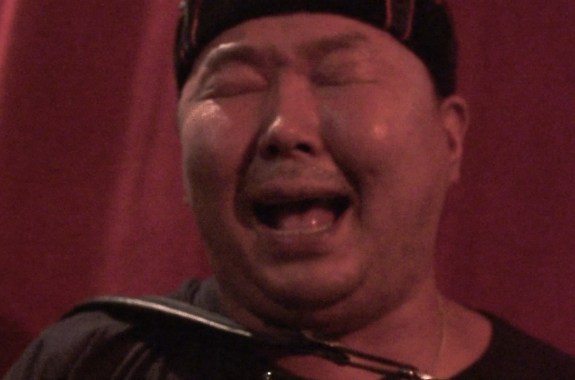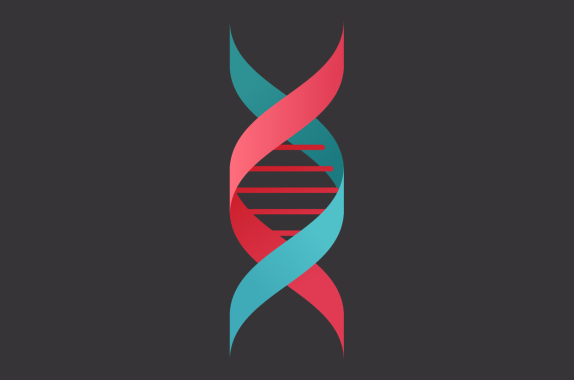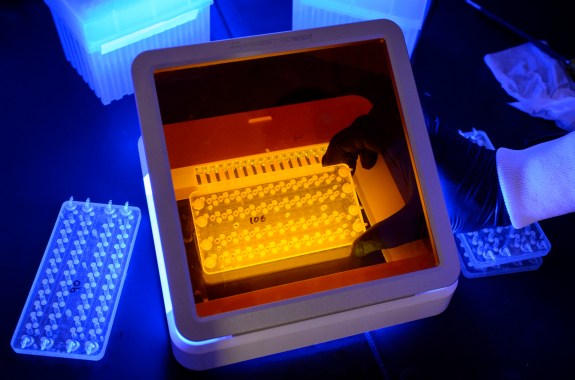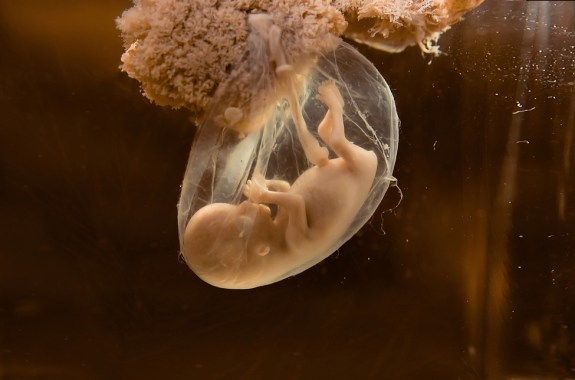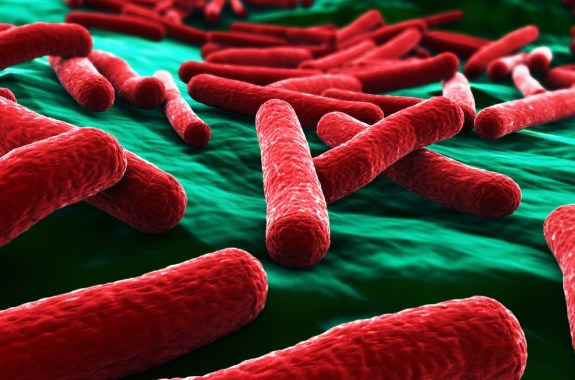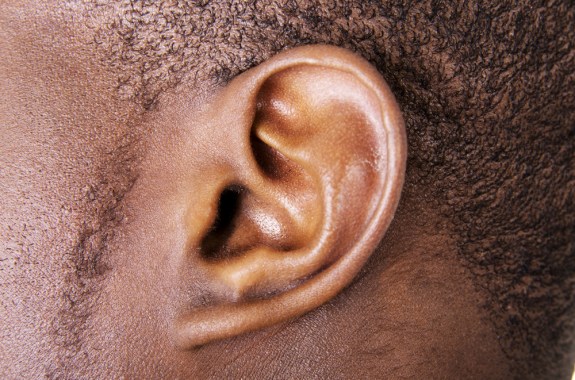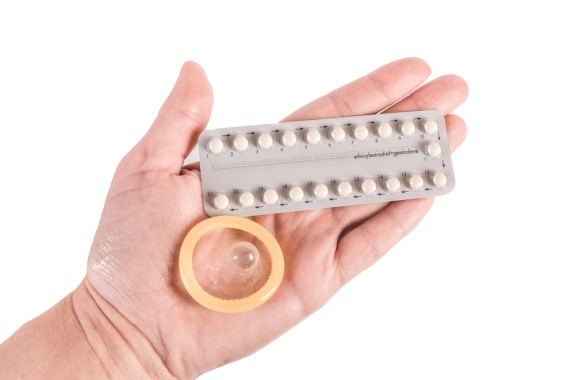The Highs And Lows Of Tuvan Throat Singing
The Tuvan throat-singing band Alash Ensemble can sing low and high notes simultaneously, inspiring wonder and a deep appreciation for their craft.
7:20
The Oldest Fossil, Colon Cancer Rates, and Foodie Fads
Researchers discovered what seem to be fossilized bacteria that are 3.77 and 4.28 billion years-old.
4:47
A Sweet Way to Test for Pee in the Pool
Testing pools for an artificial sweetener can reveal if swimmers peed in the water.
16:17
A Thumb Drive Made of Genes?
We keep talking about storing our data in DNA. How soon will it happen?
To Survive on Mars, BYO Bacteria
Microbes could form the basis of a human life support system on the Red Planet.
3:47
A Cautious Go-Ahead for Human Gene Editing
A report from a National Academies panel endorses the possible use of gene-editing techniques in human embryos—under very limited conditions.
21:59
How Can We Discover Better Antibiotics?
A look at the scientific obstacles and breakthroughs involved in finding and developing new antibiotics.
7:02
Can This Treatment Combat Hearing Loss?
Boston-based researchers have regrown a high volume of sensory hair cells in the lab using a new technique.
7:37
CRISPR Patent Battles, a Super-Sized Space Launch, and the Rise of Commuter Drones
The U.S. Patent Office ruled in favor of the Broad Institute in an early case over rights to the gene-editing technique known as CRISPR.
07:21
An Advance Towards Male Birth Control, Sequencing the Quinoa Genome, and Slip-Off Gecko Skin
A male contraceptive gel prevented pregnancies for a year in rhesus monkeys.
